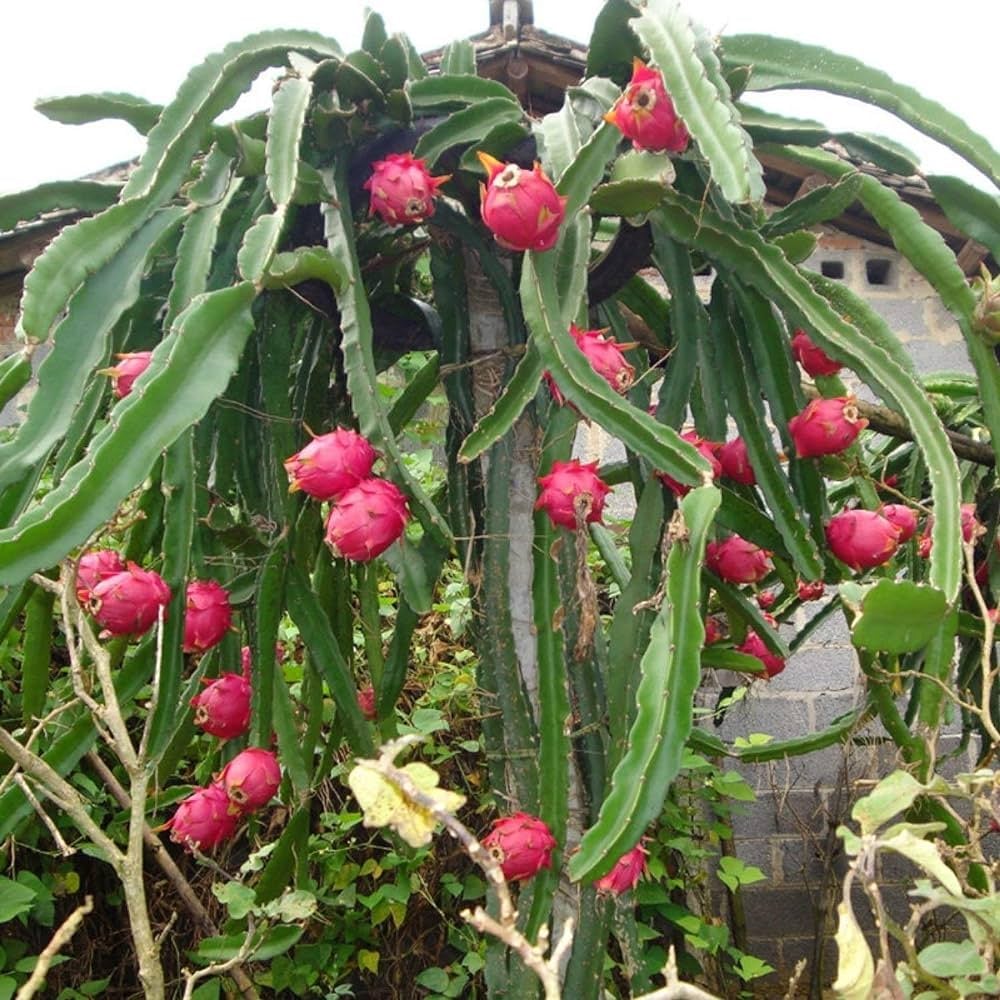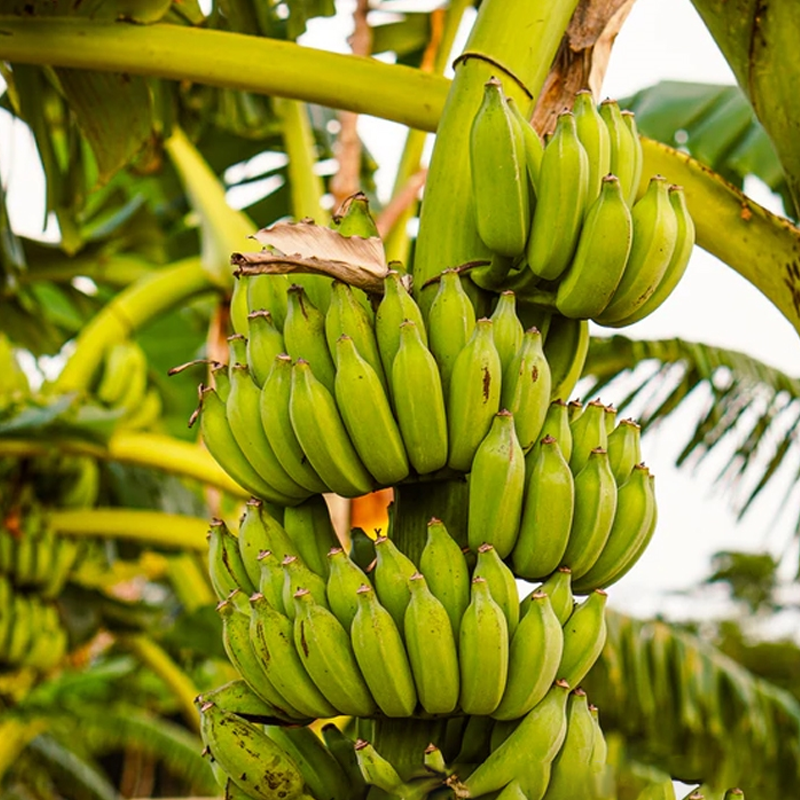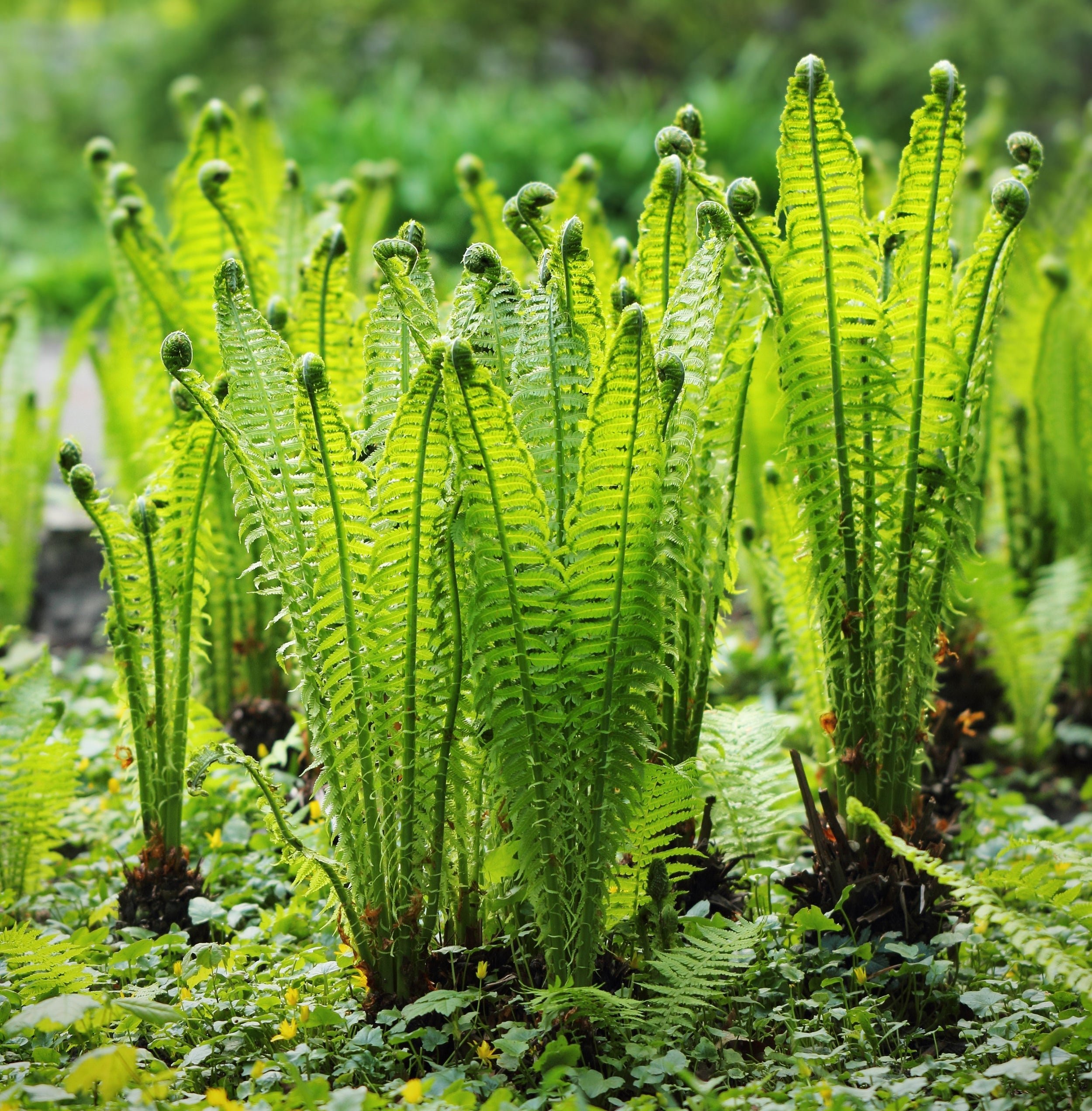
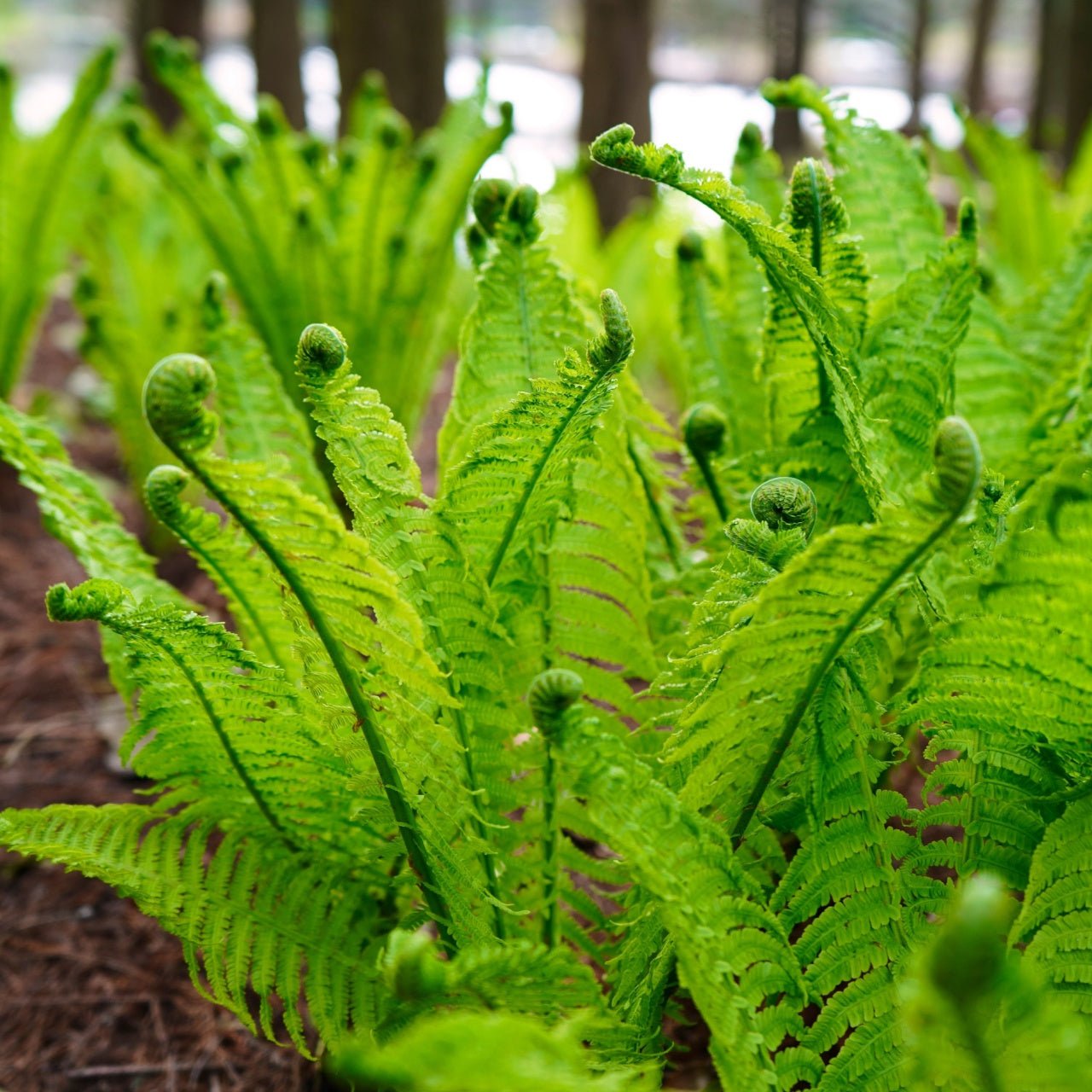
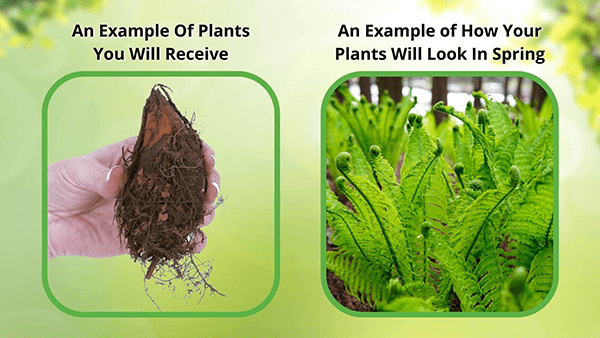

Fiddlehead Fern
Thrives in shaded, moist areas
Unique, attractive, spiral-shaped fronds
Enhances natural woodland aesthetics
Thrives in
ZONE 3ZONE 4ZONE 5ZONE 6ZONE 7ZONE 8ZONE 9This plant ships:
Ships Now (5-7 Days)Fiddlehead Fern - Matteuccia Struthiopteris
Fiddlehead ferns are tightly coiled shoots resembling the scroll of a violin and are often used as a culinary delicacy. Their young, coiled fronds, such as the Ostrich type (Matteuccia struthiopteris), offer several benefits when landscaping projects. These unique and visually appealing plants have been admired for their charming appearance and practical uses in outdoor spaces.
Fiddlehead Fern is native to North America, northern Asia, and Europe. In North America, they are most commonly found in Eastern Canada, southern Alaska, and from Maine to Illinois. Matteuccia Struthiopteris gets its name from the crowns it develops in the spring. These crowns or fonds tend to resemble the heads of violins or feathers.
The Looks Of The Fiddlehead Fern
It is famous for its vase shape and tall curled fonds. On average, gardeners can expect them to grow between three and four feet tall and one foot wide. However, once well established, they can grow up to six feet tall and have a width of up to eight feet. They are found naturally in wooded areas that have rivers or streams. It is considered a deciduous perennial that grows upright. They don't develop flowers. Instead, the leaves are bright to medium green. The plant grows in the spring, and it can reach heights of one and a half feet tall.
Where to Plant Fiddlehead Fern in Your Garden
They grow well in areas that lack full sun. Gardeners can enjoy planting them in shade gardens, along walls, and around trees and tall shrubs. When they develop their spore-bearing fronds in the summer, gardeners can dry them and use them in flower bouquets or arrangements in vases.
They Can Grow Several Inches A Day
It covers frogs and birds, especially robins, wrens, and wood thrushes, which tend to forage in them. These may also attract turtles, butterflies, and bees.
Companion Plants For Them
It grows well next to green ash, Virginia bluebells, wild ginger, swamp buttercup, common elderberry, golden Alexander, and wild blue phlox. It can also be planted under or near the American elm and silver maple tree. It makes beautiful additions to shade gardens and helps fill empty spaces under trees and around shrubs. It also has water features in any area that resembles its natural habitats.
Do they like sun or shade
They require partial to fully shaded areas, which makes them suitable for forested or shaded garden beds.
What are the characteristics of them
These are characterized by coiled fronds that bear some resemblance to scrolls of a musical instrument referred to as fiddle. It has bright green shoots that expand when growing.
How long does it take to grow
They gradually develop within a week to two from shoots to fronds. Growth is very fast when the climate is wet and warm, usually during early spring.
What season do they grow
They mainly thrive during the early months of spring. This is when their coiled fronds break through the ground and are harvested before they uncoil fully.
How did it get its name
The Fiddlehead fern gets its name from its appearance, as the young frond looks like the peg that is wound with a violin. Due to their unique shape and spirals with which they grow have been recognized by the name.
This Is How Your Plants Will Look upon Delivery

Height at Maturity
Over 2 Feet
Care
Fiddlehead ferns prefer consistently moist soil, so water regularly to keep the soil damp. They thrive in well-draining, rich soil and benefit from frequent feeding with a fertilizer in the growing season. Prune back any dead or damaged fronds as needed.
Plant Reproduction
Fiddlehead Fern spreads via rhizomes and spores
Choose early spring or fall when the soil is moist and cool to plant healthy bare-root ferns. You can also use dormant plants to grow year-round. When you arrive, please soak the roots in water for several hours to rehydrate them. Ferns thrive in moist and shaded areas. Dig a hole wide and deep enough to spread out the roots comfortably. Position the fern so the crown (where the roots meet the fronds) is just at or slightly below ground level. Gently backfill with soil firmly around the roots, and thoroughly water to settle the soil and eliminate air pockets. Apply a 2-3 inch layer of mulch for weed control and to retain moisture, ensuring the mulch does not touch the crown. Water during dry periods is used to keep soil moist but not soggy. Avoid fertilizing in the first year, as ferns prefer nutrient-rich soil over direct fertilization.
Shipping date depends on the date displayed and chosen when you order from the product's page.
We only accept returns on plants verified dead. If you think your plants have died, we offer a 1 year warranty, please use this File a Claim Link to verify dead plants and start with return warranty process.





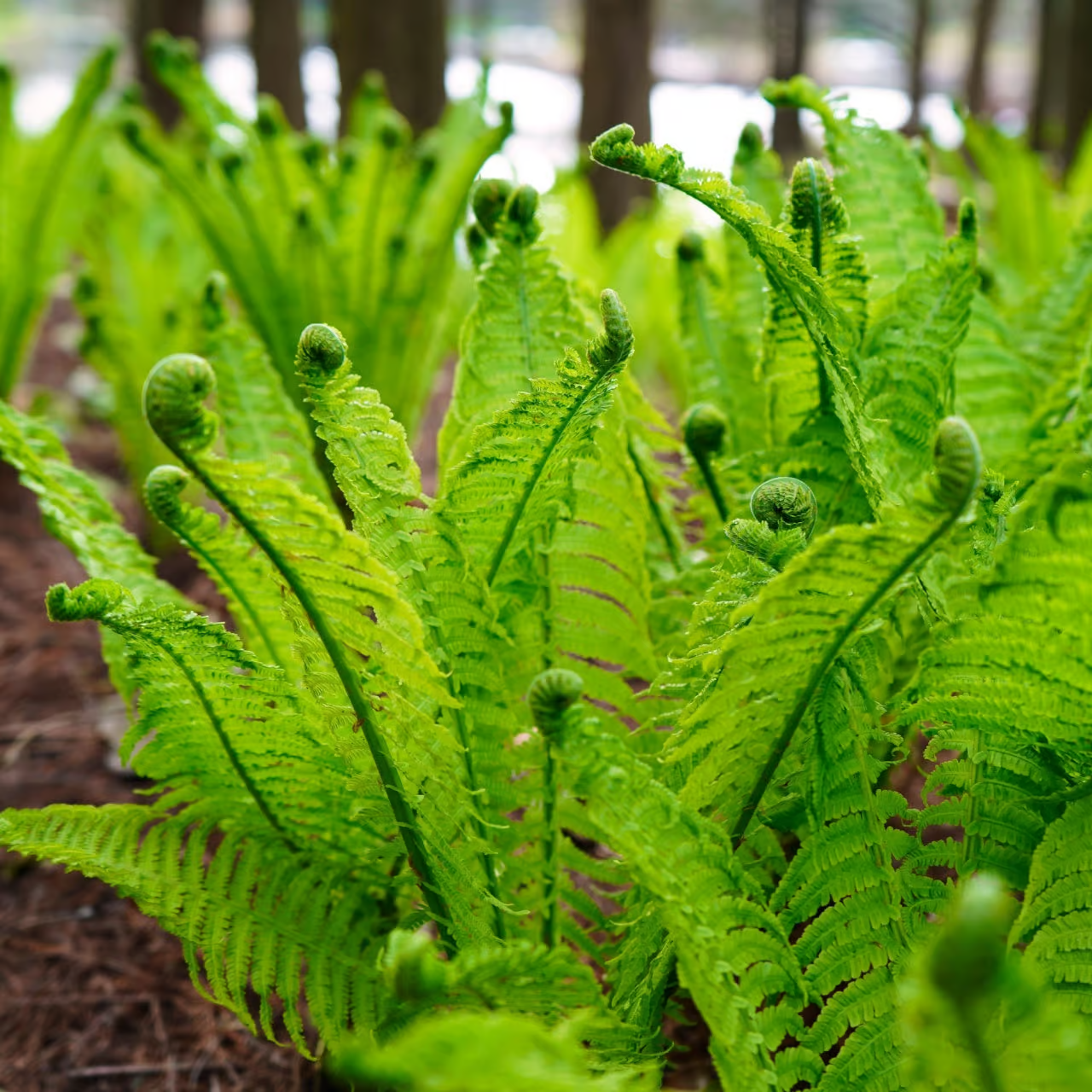
Unique Fronds:
Renowned for their coiled fronds that unfurl into lush, intricate patterns, adding a captivating beauty to any garden.
Adds Texture:
The intricate fronds add texture and depth, complementing other plants and flowers beautifully.
Thrives in Shade:
Perfect for shady spots, bringing vibrant greenery to areas where many other plants struggle.
Supports Biodiversity:
Provides habitat for small wildlife and insects, enhancing local biodiversity and a healthier ecosystem.
Caring Tips
How do I care for my Fiddlehead Fern?
Each box contains detailed care instructions and information about your product. But here's the basics.
Care Tips
Fiddlehead ferns prefer consistently moist soil, so water regularly to keep the soil damp. They thrive in well-draining, rich soil and benefit from frequent feeding with a fertilizer in the growing season. Prune back any dead or damaged fronds as needed.
Light Requirements
Fiddlehead ferns thrive in low to moderate light conditions. They prefer indirect or filtered light, which mimics their natural woodland habitat. Dodge direct daylight, as it can scorch their delicate fronds. Ideal locations include shaded areas or dappled sunlight.
Hardy Planting Zones
3 • 4 • 5 • 6 • 7 • 8 • 9
Header
Use this content to share information about your store and products.
Frequently Asked Questions
How often should I water my plants?
How do I know if my plant is getting too much or too little sunlight?
What should I do to prepare my plants for winter?
What are the signs that my plant needs fertilizing?
How can I prevent pests from damaging my plants?
How do I choose the right plant for my climate zone?



